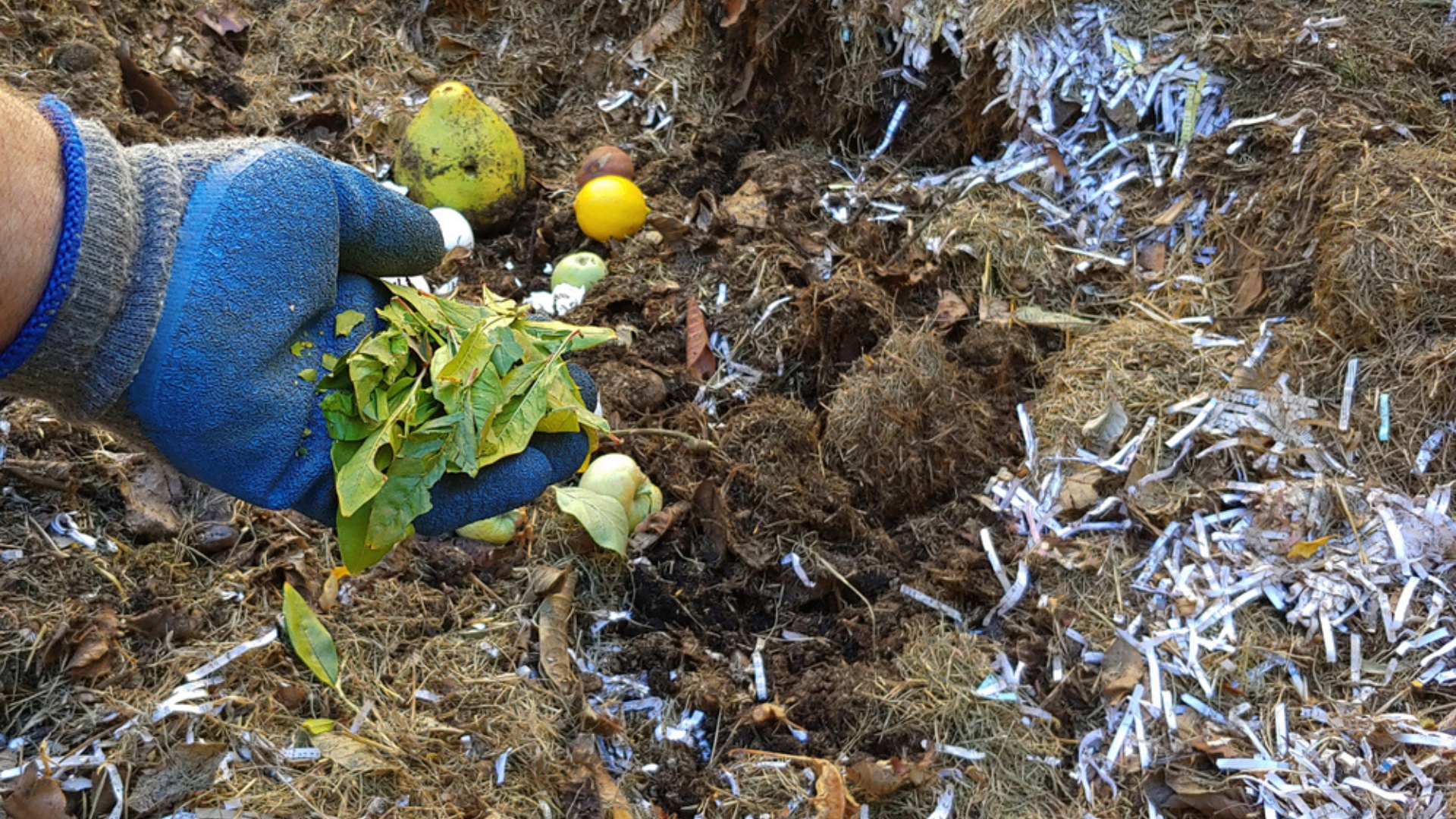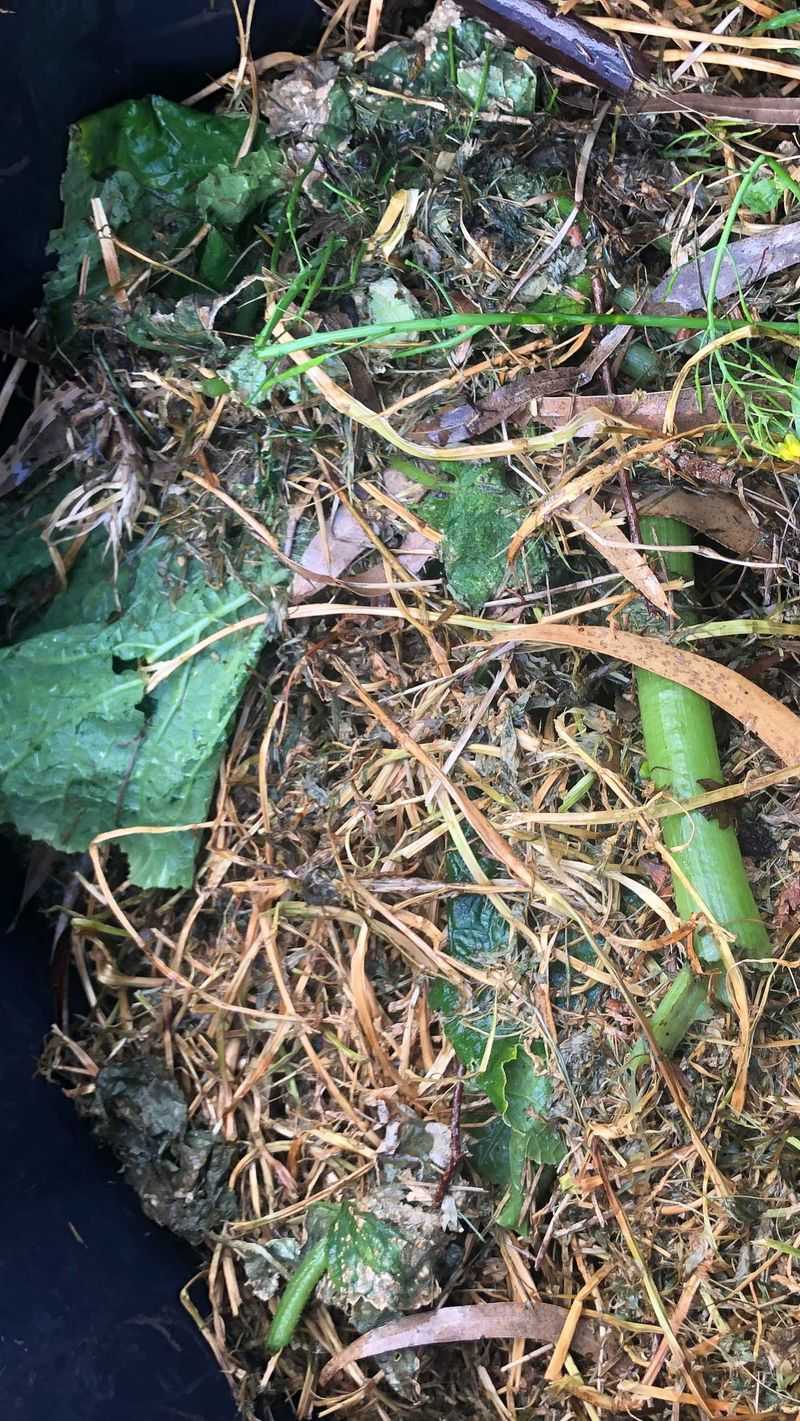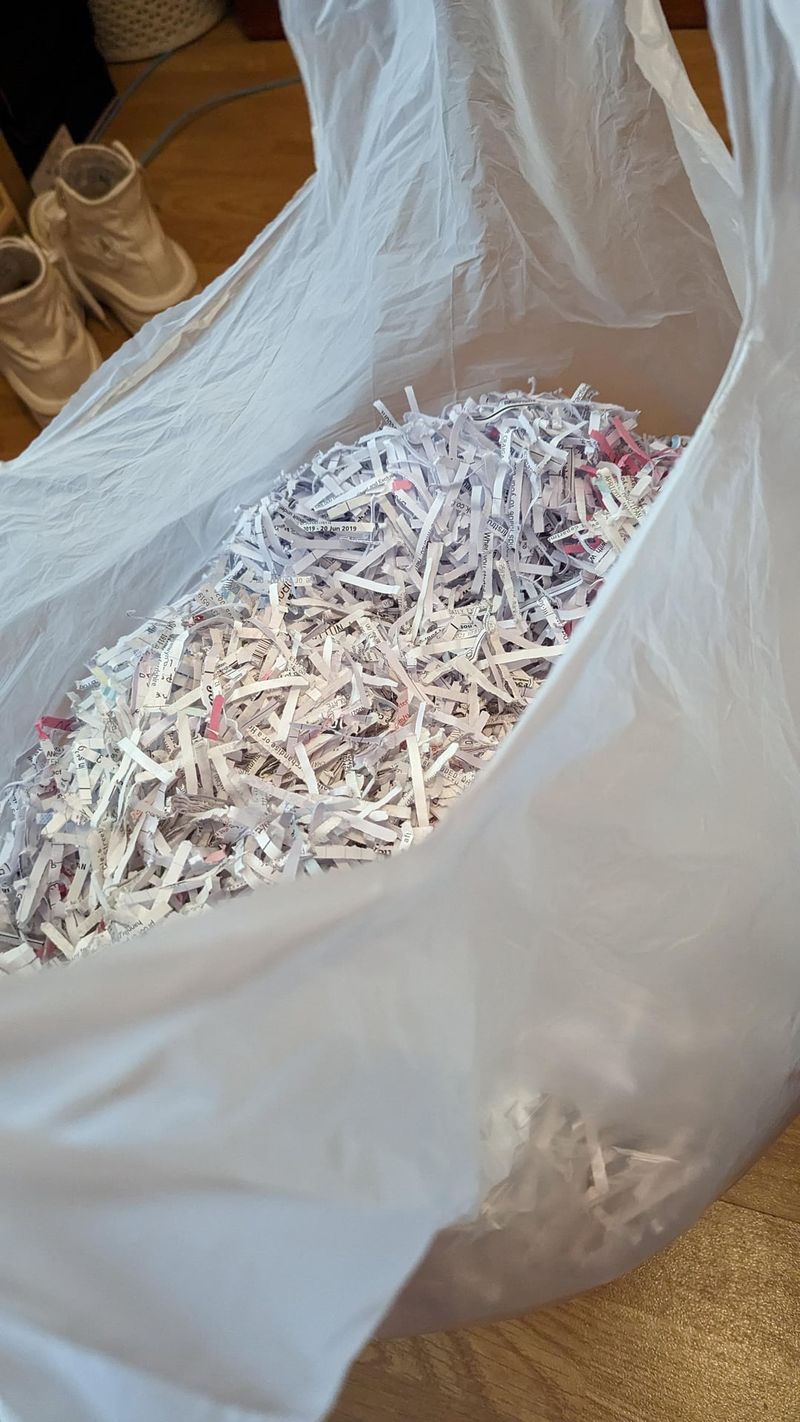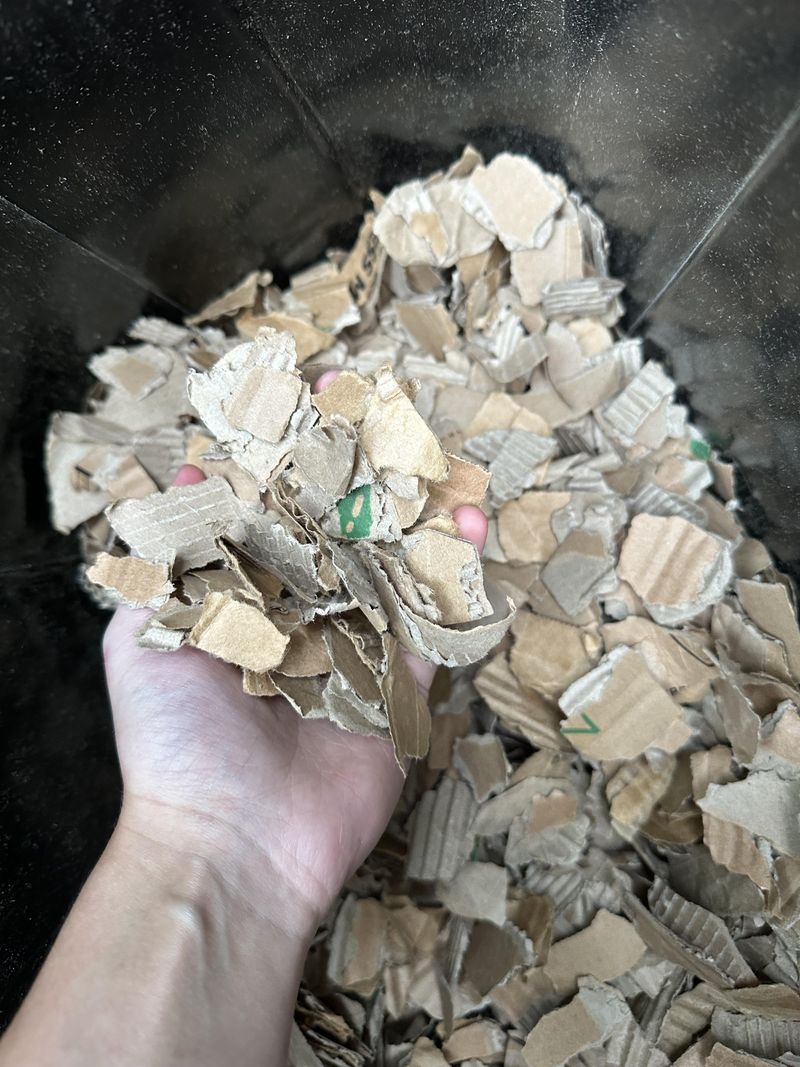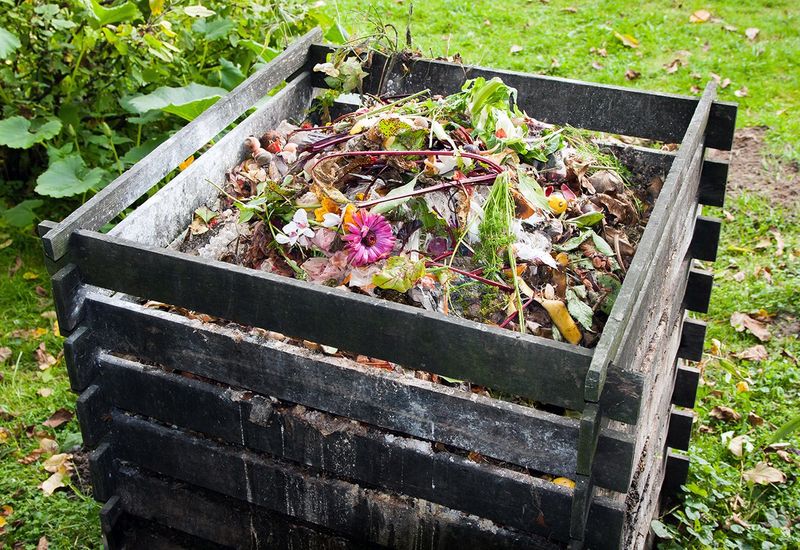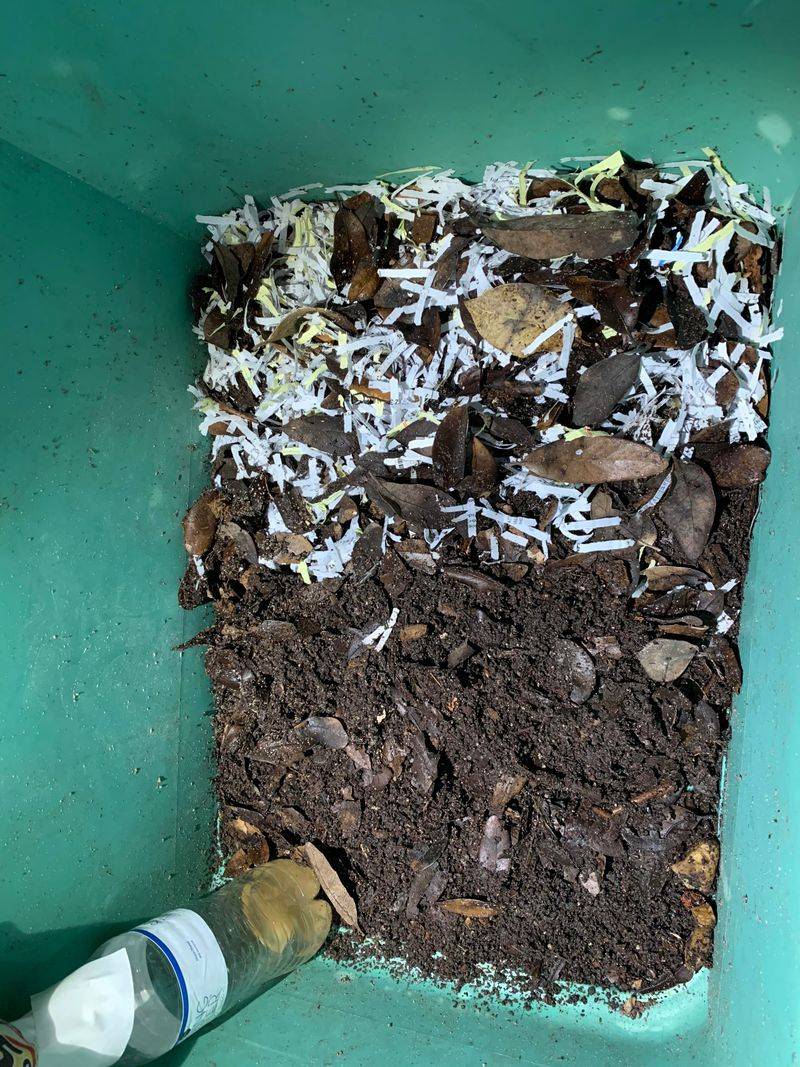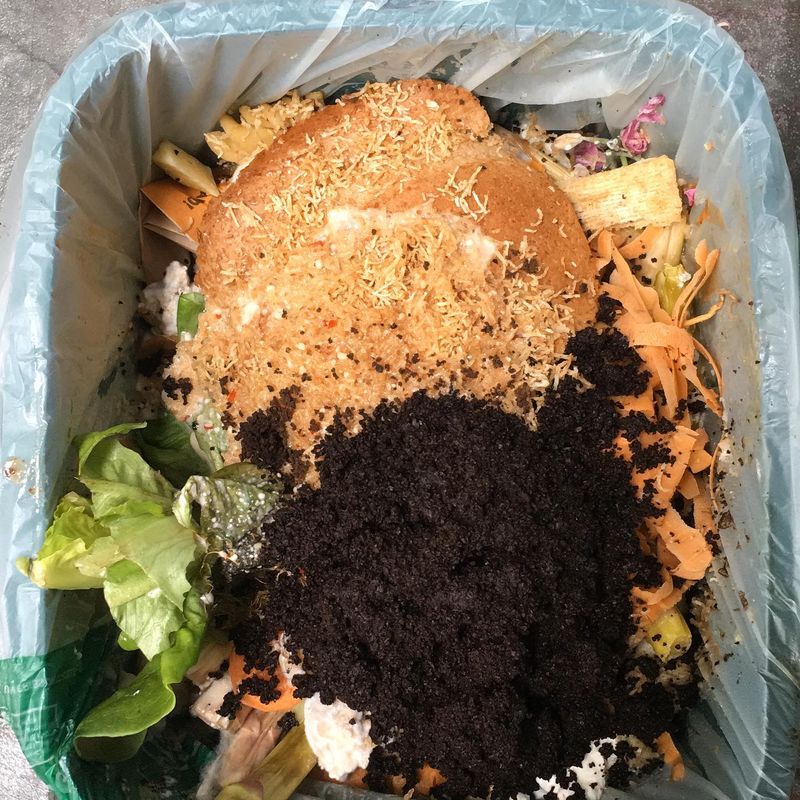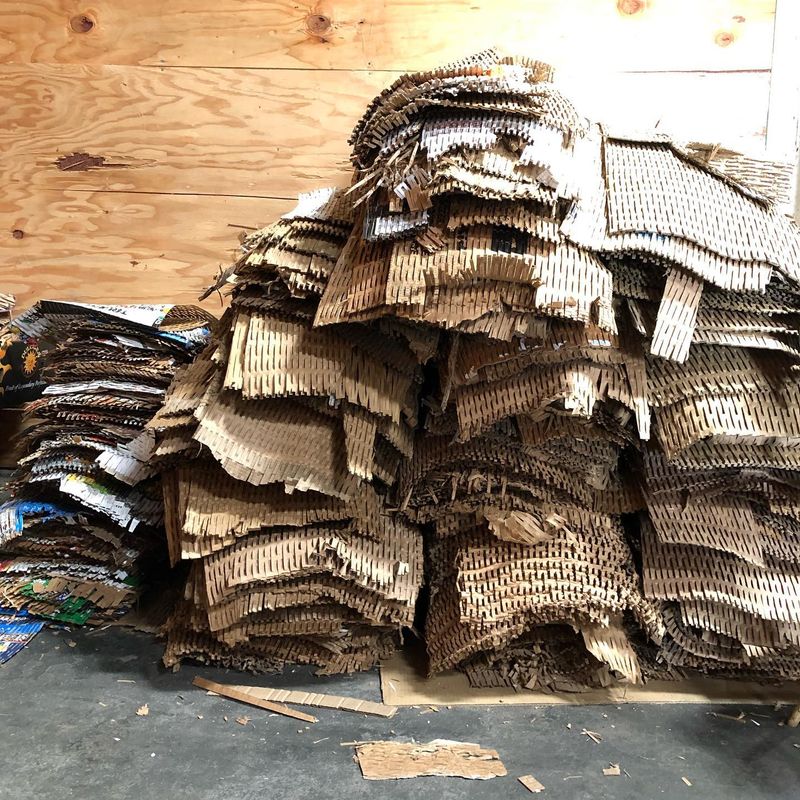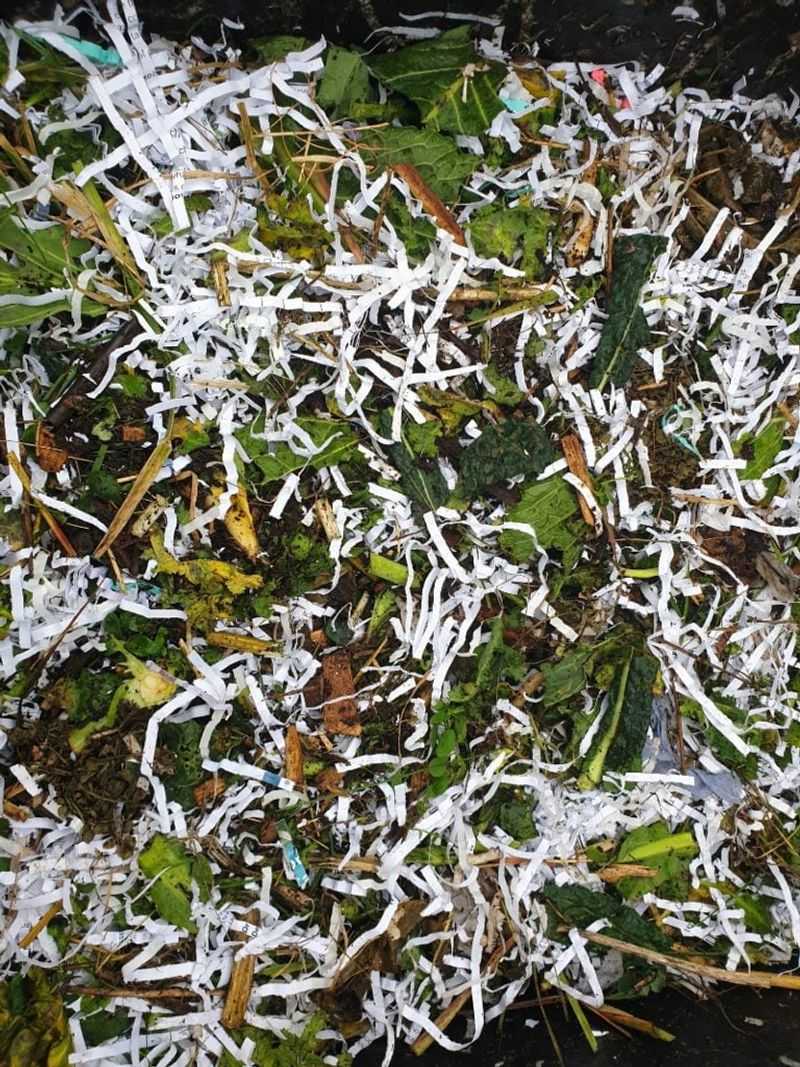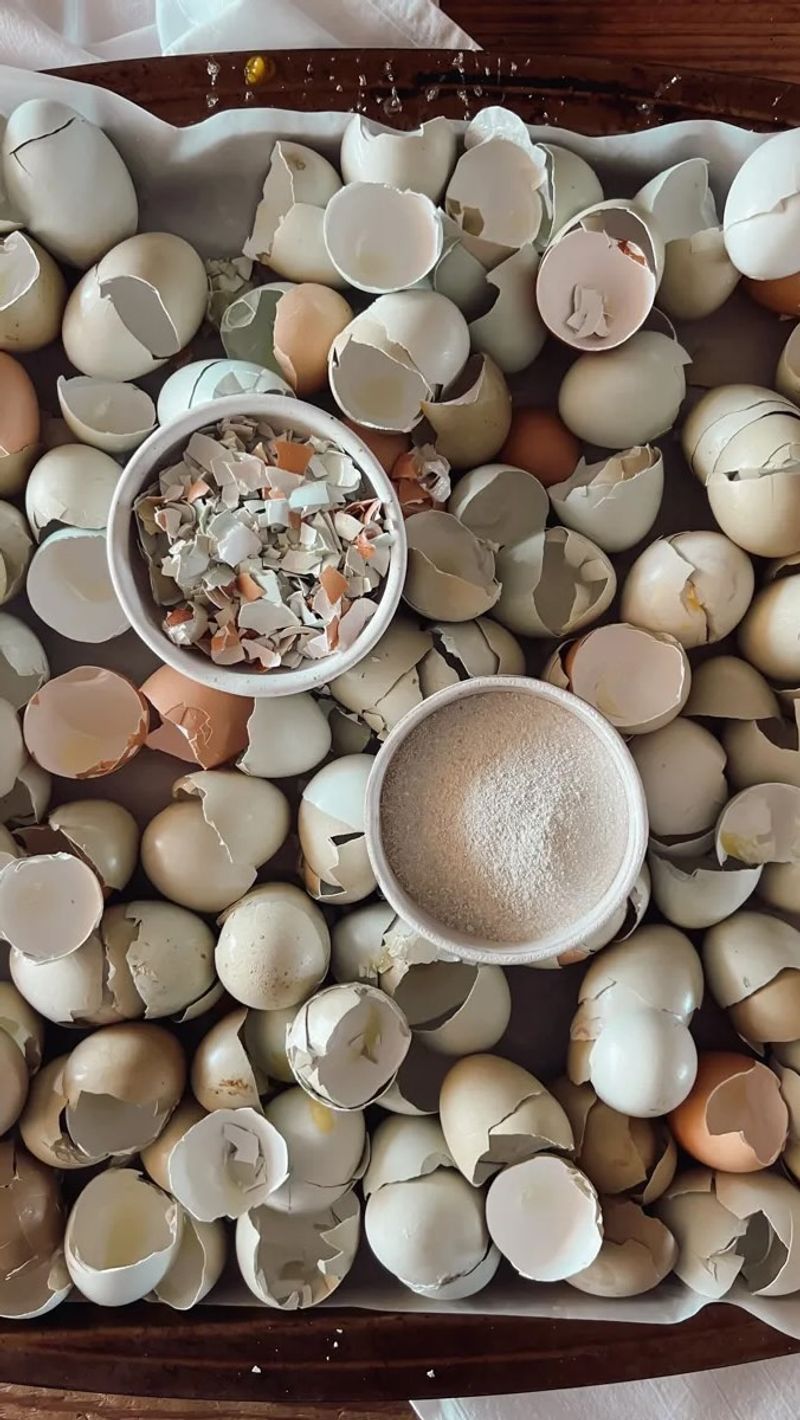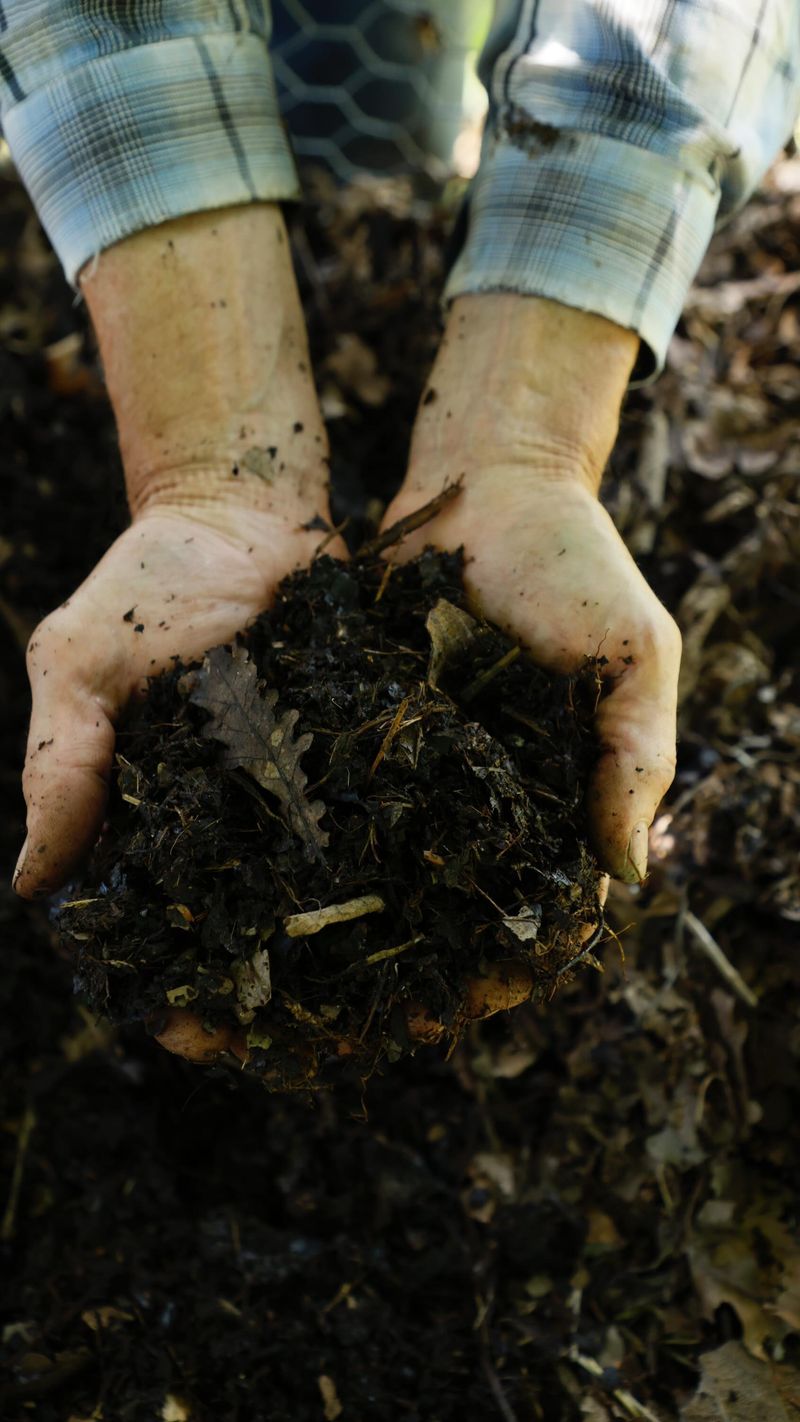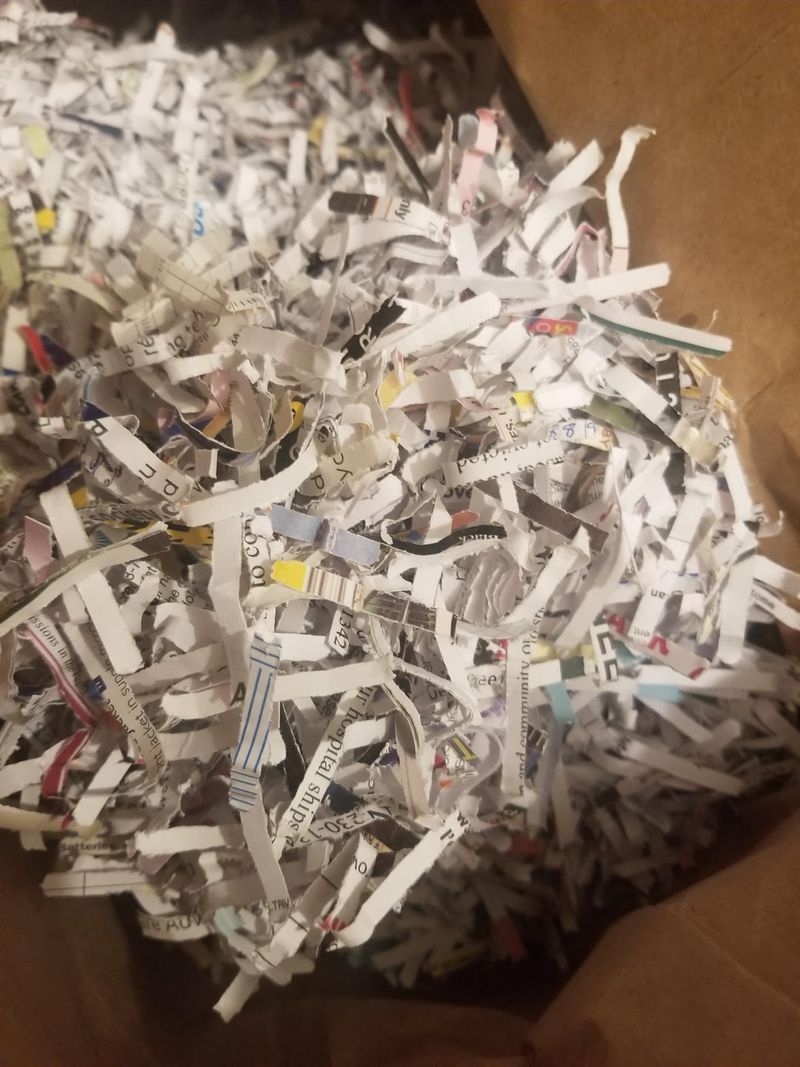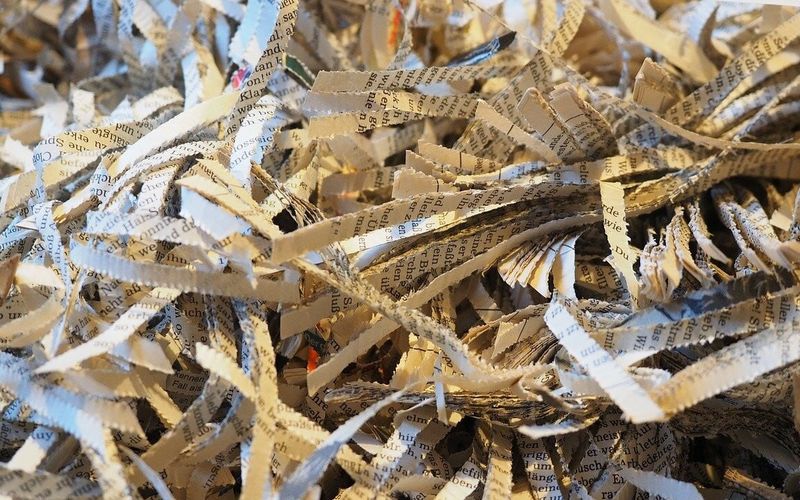What if that pile of shredded paper cluttering your desk could actually work wonders in your garden? Instead of tossing it out, turn it into garden gold! Shredded paper might seem like waste, but it’s a surprisingly powerful ingredient in compost—helping you reduce landfill clutter and boost your soil’s health. Ready to transform trash into treasure? Let’s dig into some smart, simple ways to make it happen!
1. Balance the Carbon
Shredded paper is rich in carbon, a crucial element in composting. Mixing it with nitrogen-rich materials like vegetable scraps creates a balanced compost pile.
This balance accelerates decomposition, transforming waste into nutrient-rich plant food. Pay attention to the ratios, aiming for about two-thirds paper to one-third greens.
2. Avoid Glossy Paper
Glossy paper, like magazines, often contains inks and coatings that aren’t suitable for composting. Instead, focus on ordinary paper, such as office documents or newspaper.
These break down more easily and won’t introduce unwanted chemicals to your compost. Stick to non-glossy paper for the healthiest compost.
3. Tear it Smaller
Smaller pieces of shredded paper break down faster in a compost pile. By tearing the paper into even tinier bits, you increase the surface area, allowing microbes to work more efficiently.
This simple step speeds up the composting process, turning paper into rich soil more quickly.
For best results, be sure to mix shredded paper with plenty of nitrogen-rich “green” materials like fruit peels or grass clippings—this keeps your compost balanced and helps it decompose even faster.
4. Mix with Grass Clippings
Combining shredded paper with fresh grass clippings creates a rich compost mixture. The nitrogen from the grass helps break down the carbon-rich paper, creating a balanced and efficient compost environment.
For best results, tear the paper into smaller pieces to increase surface area—this helps microbes work faster and speeds up decomposition. Layer the materials alternately in your compost pile to keep air flowing and the process moving smoothly.
5. Keep it Moist
Moisture is key to composting success. Ensure your shredded paper isn’t too dry by occasionally sprinkling water over the pile—this helps maintain ideal conditions for microbial activity.
Tearing the paper into smaller pieces also boosts efficiency by increasing the surface area, giving microbes more to work on. Just be careful not to overwater; the paper should be damp, not soggy.
6. Turn Regularly
Turning your compost pile regularly introduces air, which is essential for effective decomposition. Shredded paper tends to compact when left undisturbed, so mixing the pile helps keep it light and well-aerated.
Tearing the paper into smaller pieces before adding it can also help prevent clumping and improve airflow.
Regular turning not only speeds up the breakdown process but also reduces odors and keeps your compost balanced and healthy.
7. Use as Mulch
Shredded paper isn’t just useful in the compost pile—it also makes an effective mulch. Spread it around your plants to help retain moisture, regulate soil temperature, and suppress weeds.
Tear it into smaller pieces so it lays evenly and breaks down more easily. As it decomposes, it gradually enriches the soil with organic matter, making shredded paper a surprisingly versatile and eco-friendly gardening tool.
8. Keep it Covered
Covering your compost pile is an easy but important step—it helps retain moisture and regulate temperature, both of which are vital for decomposition.
Shredded paper, in particular, can dry out quickly or blow away if left exposed. Using a simple tarp, compost bin lid, or even a layer of straw can keep everything in place and active.
This small effort goes a long way in protecting your pile and keeping the composting process on track.
9. Mix with Coffee Grounds
Coffee grounds, rich in nitrogen, pair perfectly with the carbon content in shredded paper to create a well-balanced compost pile. Blending the two supports healthy microbial activity and speeds up decomposition.
This simple mix not only improves your soil but also helps cut down on household waste—a win for your garden and the environment. It’s an easy step toward a greener, more productive growing space.
10. Shred Cardboard Too
Cardboard is another excellent source of carbon and can be shredded just like paper for composting. Including both in your pile adds variety in texture, which improves airflow and promotes quicker decomposition.
This mix of materials creates a more dynamic environment for microbes, helping them break everything down more efficiently. The added diversity keeps your compost pile balanced, active, and thriving.
11. Add Worms
Cardboard is another excellent source of carbon and can be shredded just like paper for composting. Including both in your pile adds variety in texture, which improves airflow and promotes quicker decomposition.
This mix of materials creates a more dynamic environment for microbes, helping them break everything down more efficiently. The added diversity keeps your compost pile balanced, active, and thriving.
12. Be Mindful of Quantity
While shredded paper is a great addition to compost, adding too much can throw off the balance. To keep your compost healthy and active, monitor how much you’re using and maintain a proper ratio with nitrogen-rich materials like kitchen scraps or grass clippings.
A well-balanced mix supports steady decomposition and results in richer, more effective compost that your garden will love.
13. Include Eggshells
Eggshells are a great mineral boost for your compost, especially when paired with carbon-rich shredded paper. They add valuable calcium, which supports healthy plant growth once the compost is applied to the soil.
For faster breakdown, crush the shells before tossing them in—this gives microbes more surface area to work with. Together, shredded paper and eggshells create a nutrient-rich mix that strengthens your compost and your garden.
14. Add Leaves
Combining fallen leaves with shredded paper in your compost pile creates a well-balanced mix of carbon-rich materials.
Leaves not only support decomposition but also add valuable structure and airflow to the pile. Together, they break down into nutrient-dense compost that’s ideal for enriching your garden beds.
It’s an easy and effective way to make the most of autumn’s natural bounty while building healthier soil.
15. Consider Paper Color
While most paper is safe to compost, it’s best to avoid colored or glossy types, as they may contain dyes or coatings that could leach into the soil.
Stick to plain white or black-and-white printed paper for a cleaner, more garden-friendly compost.
This simple choice helps keep your compost pure, ensuring it stays safe and beneficial for your plants. Sometimes, the simplest materials deliver the best results.
16. Avoid Staples
Before tossing shredded paper into your compost, take a moment to remove any staples or bits of metal. These materials don’t break down and can disrupt the composting process—not to mention they’re not doing your soil any favors.
A quick de-stapling step keeps your compost clean, safe, and fully organic, helping create a healthier environment for your garden to thrive.

